6. The Travelling Players
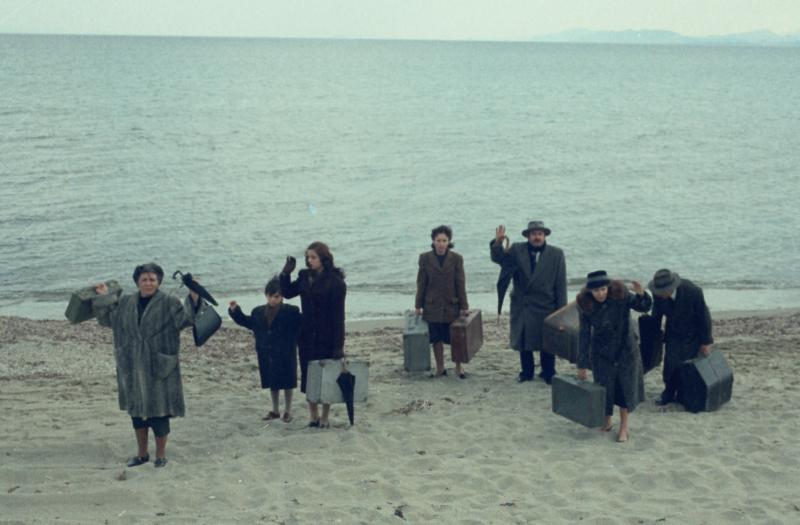
Theo Angelopoulos’s The Travelling Players covers, in a four hour run time, the crucial period in Greek history between 1939-1952 – the death throes of the Metaxas dictatorship, WWII, Nazi occupation, its liberation, British and American intervention in Greek politics and the civil war between the right and left – from the perspective of an itinerant group of actors.
Of the directors famous for long takes, Angelopoulos arguably sits in his own bracket. The Greek filmmaker implements both static shots and astoundingly fluid pre-steadicam camerawork to create sequences that often last several minutes, bending time in a way that is unique to the Angelopolous.
A single pan, track or rotation of the camera can send the viewer and narrative years, or even decades, into the future or back in time, and it isn’t always obvious when this has occurred. In the hands of lesser director this might be frustratingly opaque, but under Angelopoulous’s control, the effect is spellbinding.
The Travelling Players is one of the most interesting looks at imperialism that can be found in cinema. Particularly the British and American presence in Greece and its effect on the country from the viewpoint of the people. This was a tumultuous period in Greek history which saw its people pulled myriad directions, constantly moving with the ever-changing times to get by – and as one actor of the travelling players states by the end, they’re simply tired.
7. Napoléon
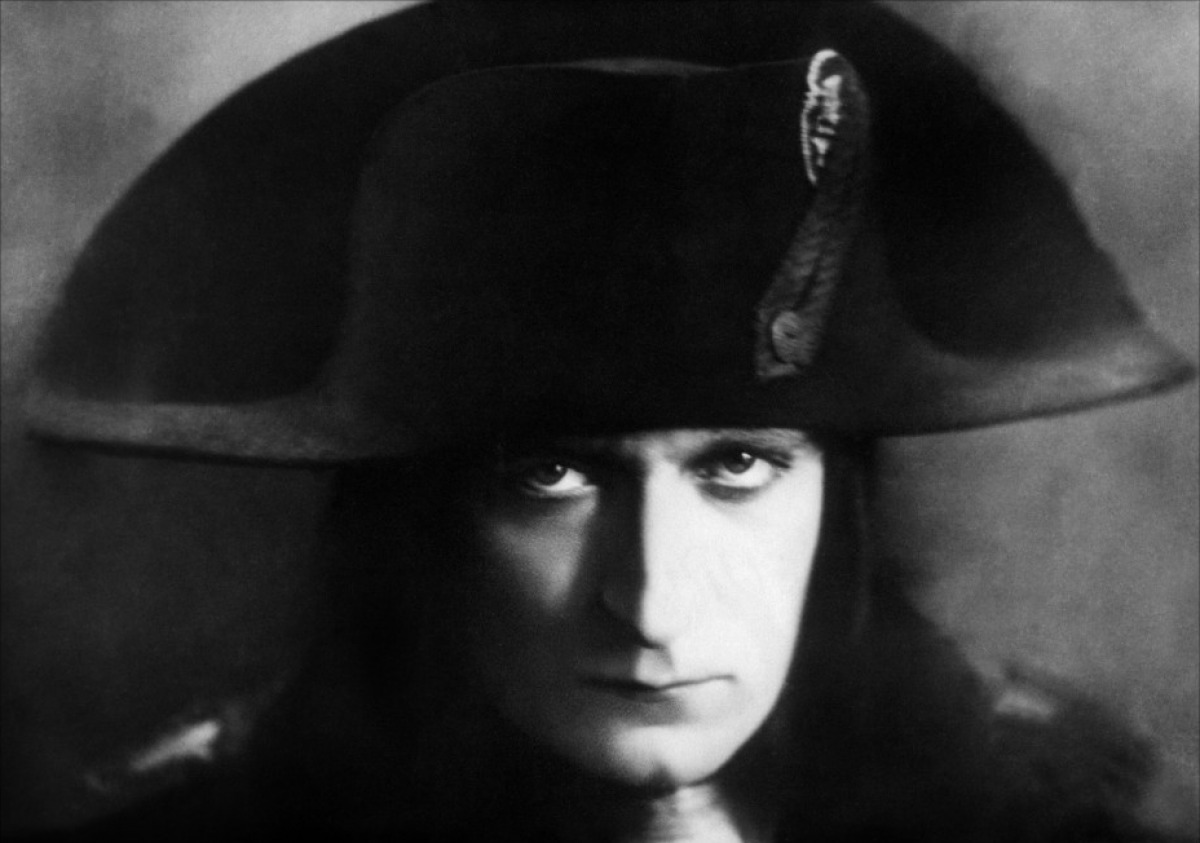
Napoleon charts the French leader’s early childhood (a bravura opening snowball fight in which Napoléon’s precocious genius for battle is demonstrated), his flight from Corsica, the French Revolution, all the way up until his invasion of Italy in the late 18th century. Gance originally intended six more films but could not get the funding.
Gance uses the immense run time to build up the legend of Napoléon. He does it using every trick in the cinematic book (inventing some of his own along the way). Fast-cutting, extreme close-ups, points-of-view shots, underwater sequences, split-screen, location shooting, handheld shots (one scene using a handheld seems to predate post The Thin Red Line Terrence Malick by several decades).
The film’s greatest legacy being the famous triptych sequence that was widescreen before the word existed – to see it done on the big screen is to witness one of cinema’s greatest spectacles, once seen never forgotten.
As you watch Abel Gance’s roughly 90-year-old epic told over five hours, it feels as though you are witnessing an individual take a medium – still in its infancy – and attempt to stretch it to its breaking point, to see how far film can be taken until the wheels start falling off. Gance throws everything at the wall just to see what sticks. There are times when it doesn’t quite work and the five hours is sometimes felt, but what sticks is truly remarkable.
8. Eureka
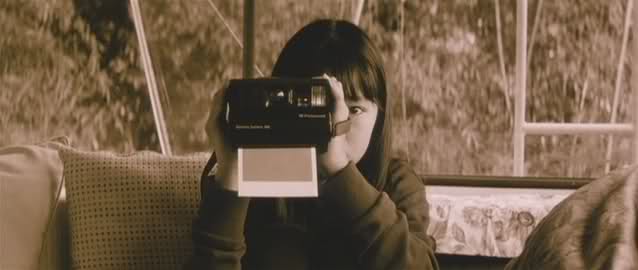
When a municipal bus is hijacked by a lone gunmen one afternoon, the three survivors of the attack – the driver and a brother and sister – must overcome their ordeal and attempt to find closure in the aftermath.
For a film comfortably over 200 minutes, Shinji Aoyama’s 21st century masterpiece eschews expectations by dramatising the shootings on the bus within the first 20 minutes in almost matter of fact fashion. We do not learn anything about the survivors (Makoto, Kozue and Naoki) before the event – we’re simply left with what they have now become after that one fateful summer afternoon, two-years later.
The hijacking marks an irreparable shift in the lives of Makoto, Kozue and Naoki and yet the world continues on indifferently. The two children retreat into themselves, hardly speaking a word for most of movie – the true effects of the incident not realised until near the end.
As an adult, Makoto must navigate family and friends who attempt to reintroduce him back into society and yet no one is really capable of understanding his plight. When Makoto confides in a friend that he was the bus driver, she is first excited by the legend surrounding the event and then pauses.
“Many people died, didn’t they?’ she eventually remembers, time having dulled her sensitivity of the human cost. Something that has never left Makoto. Eureka is a meditative exploration on the grief, sadness, guilt and fury that envelops a human being in the wake of trauma.
9. Fanny and Alexander
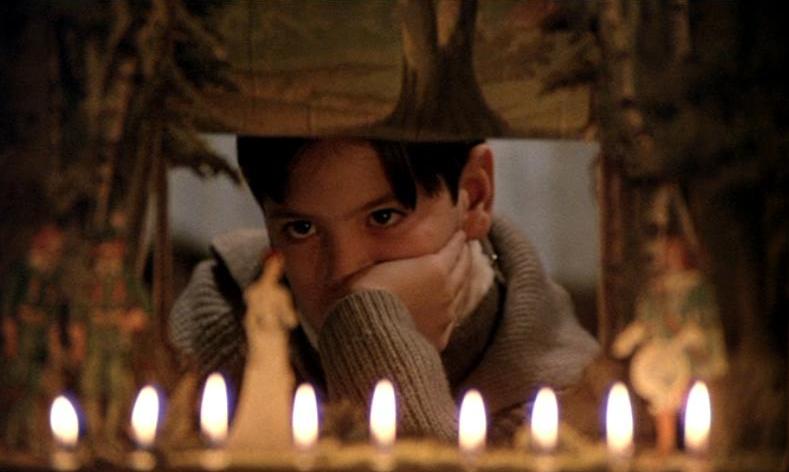
Fanny and Alexander traces the lives of the Ekdahl family in Sweden at the beginning of the twentieth-century and the tragedy that befalls them once Fanny and Alexander’s father, Oscar, passes away. The carefully constructed family nest that they have built for themselves is destroyed when the children and their mother move away to live with the local bishop.
The film may centre on the titular leads and the growing pains of childhood, but Bergman devotes the film’s mammoth five hours (or just over three if watching the theatrical version) to getting to know all of the family and their idiosyncrasies.
The Rules of the Game-esque opening Christmas section that makes up the first quarter of Fanny and Alexander masterfully introduces every member of the family, as well as several characters outside the clan. Every interaction between the Ekdahls, family friends and servants appears to suggest a complex history built over decades, long before the camera starts rolling. It all feels lived in before the film even begins.
Fanny and Alexander are merely a patch on the great Ekdahl family quilt and it is Bergman’s genius that he can juggle so many characters – each capable of their own feature film – so beautifully and elegantly. The warmth and love of the opening Christmas section will feel like a doleful, faded memory once the children are faced with the daily torture of living under the bishop, a man who makes a good claim for being one of cinema’s most heinous villains.
Originally intended to be Ingmar Bergman’s last film, Fanny and Alexander is one of the great man’s finest works.
10. Once Upon a Time in America
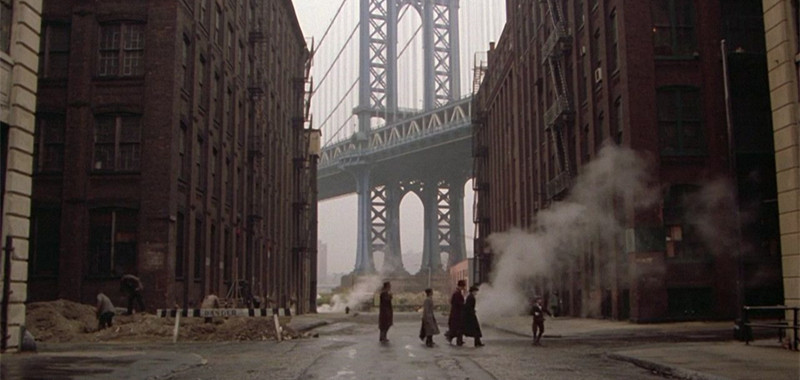
Adapted from the novel The Hoods by Harry Grey, Once Upon a Time in America follows the lives of a group of gangsters, from growing up in prohibition era Manhattan in the ‘20s through to old age during the counterculture of the late ‘60s.
Leone’s direction of this sprawling four hour epic is masterful – lesser directors would crumble attempting to put something so ambitious together. He is ability to shoot scenes with dynamism and visual flair never wavers over the massive run time.
But it is the titanic performances from his two leads – Robert De Niro and James Woods – that propels Once Upon a Time in America into greatness. Both actors manage to take repugnant individuals that commit heinous acts against many other characters and make them, if not likeable, then fascinating and (especially De Niro’s Noodles) strangely pitiable by the time we see them as old men, looking back on a life of what-ifs and should-haves.
Leone (and Morricone’s phenomenal score) imbues Once Upon a Time in America with a mournful longing and regret. De Niro’s tired facial expressions conjures a passing of time that could not have the same impact in a movie half the length.
Sergio Leone was reportedly first choice to direct The Godfather in the ‘70s. Leone turned it down. Evidently he had his own vision for what a Shakespearean mafia movie might look like. If you are going to turn down directing The Godfather, you could do a lot worse than making Once Upon a Time in America instead.